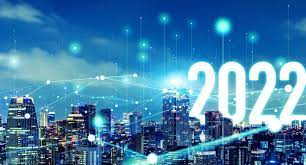Older adults can save tens of thousands of dollars annually by choosing assisted living communities over aging in place in their homes.
Unlike point solutions, Inspiren unifies resident safety, care planning, staffing, and emergency response into a single AI-powered platform.
An artificial intelligence-powered virtual assistant platform for senior living and care providers.

 Taking stock of 2022 in AgeTech. We are approaching end of the year – it has been a good one for emerging technologies that can help older adults, today commonly known as
Taking stock of 2022 in AgeTech. We are approaching end of the year – it has been a good one for emerging technologies that can help older adults, today commonly known as
Comments
From Dr. Sara Kyle via LinkedIn
This is such an important note. All the tech must serve up actionable and useful data, not just more of it!